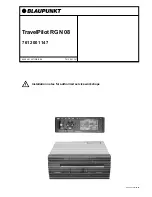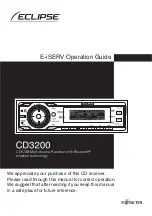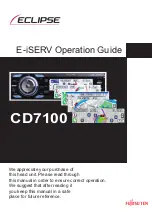
- 5 -
be free of rust, dirt, grease and water. Clean the inside of the
wheel rim thoroughly.
To ensure that the glue adheres properly, the rim must be at
room temperature.
After thoroughly cleaning the rim and perhaps allowing it to
warm up, glue the magnetic strip onto the marked spots over
the entire circumference parallel to the outer edge of the rim,
Fig. 10.
Note:
Do not glue the magnetic strip directly onto the edge of the rim,
as it is highly susceptible to damage there.
Do not piece the magnetic strip togetzer and cut it only at
the marked points (maximum gap between the beginning
and end point, one field = 1 inch = 25,3995 mm).
Mount the wheels and tighten the nuts. Align the wheel sen-
sors in keeping with the installation tolerances and screw them
on.
The wheels must be tighented using the torque re-
commended by the factory!
Lay the sensor wires into the interior of the vehicle (use any
existing bushings or drill new holes) and lay them to the navi-
gation unit.
Installation tolerances for the wheel sensor
Clearance Z:
Z = 6.5
±
1 mm (steel rim)
Z = 5 - 0/+ 1 mm (aluminium rim)
with respect to the centre of the wheel
sensor, (Fig. 12).
Offset Y:
The centre of the sensor must be loca-
ted over the magnetic strip for the entire
circumference of the wheel, (Fig 13).
Set angle:
The edges of the wheel sensor must
be set at a distance conforming to Z,
(Fig. 14).
Twisting angle:
The turning angle must not exceed 10
°
,
(Fig. 15).
Length of the
metal holder:
The free-standing length must be kept
as short as possible (max. 90 mm).
If the free-standing length is greater
than 90 mm, then the metal holder must
be reinforced, (Fig.16).
Rotation angle T:
The rotation angle must not exceed 20
°
,
(Fig. 17).
Special case: T = 90˚, Fig. 18
Important: Do not mount the metal hol-
der facing in the direction of the magne-
tic strip, (Fig. 18 a).
8 622 401 437






























